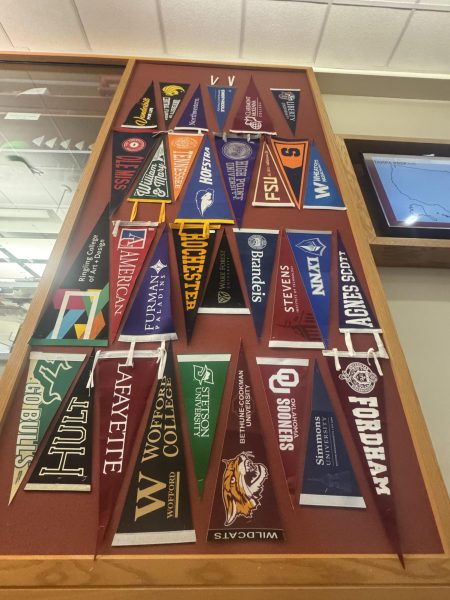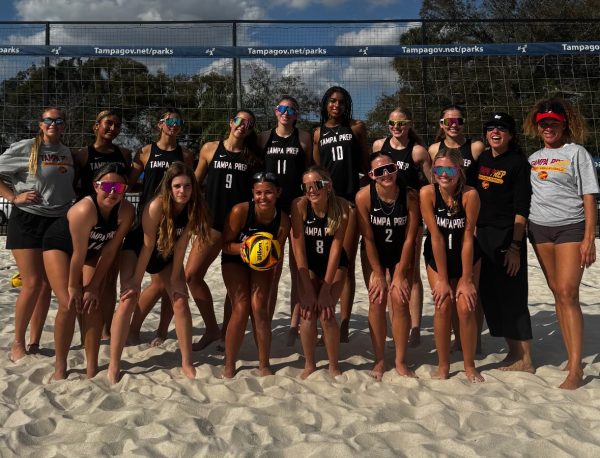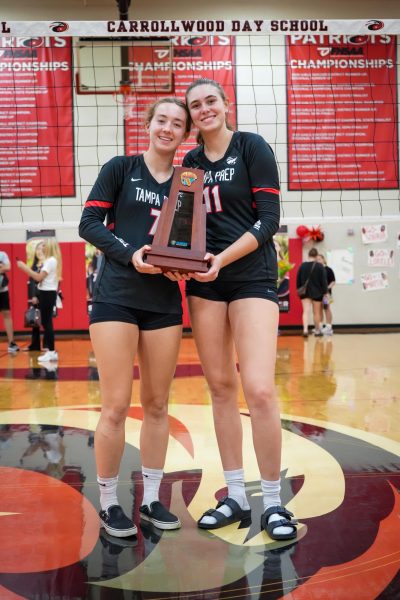NCAA Cuts Staff While Colleges Cut Sports Teams Due to the Financial Stress of COVID-19 Pandemic
As COVID-19 continues to run its course, college sports are struggling to get back on their feet. Unable to regularly host sports events like before, the NCAA are unable to afford their usual budget. As such, they are already cutting staff, salaries, and even sports teams in an attempt to preserve the system.
Many athletic departments had to rely on state and school funding in order to keep running, never making back what they spent. The budget cuts and decreased earnings from this season means that cuts to staff and funding are necessary to pull through. In this, colleges think that simply cutting the less popular and smaller sports teams will help save money. However, there is more evidence to the contrary: that cutting these teams will only hurt themselves.
The current NCAA system runs somewhat similar to this: football is the primary concern of colleges and universities because of the money it draws in, with basketball closely trailing behind. Schools are divided into two tiers: Power 5 and Group of 5 (G5). Power 5 is generally made up of more wealthy and established schools, while G5 is made up of the opposite. No Power 5 sports program has been cut yet, because they lean on huge cash reserves and hope to later use these programs to earn more money. However, G5 is reliant on school and state funding in order to keep running.
With the current crisis, they are forced to release Olympic sports teams in order to keep their football teams. After all, most Olympic sports teams turn an annual loss of up to seven figures, even in Power 5 schools. However, Power 5 schools use profits from football and basketball in order to balance out this loss, but the G5 can’t. For G5 schools, football and basketball still fail to generate a net gain.
While these sports don’t earn money, they do attract donations. In order to preserve these donations, “Olympic sports are being sacrificed,” said Western Michigan University athletic director Kathy Beauregard.
What many in Olympic sports have maintained is that due to lavish spending on football, Group of 5 is forced to cut Olympic teams. In order for G5 football teams to keep up with the more wealthy Power 5 teams, they exceed their limit on spending; their staff is too large, and have salaries that are too high. However, they can’t stop. The G5 are pressured to continue funding these teams every time they upset a Power 5 team, because of this huge gap in funding. Where most Power 5 teams have budgets exceeding $100 million, the G5 teams tend to be closer to half that, all while still making a financial loss.
“If you’re expected to compete with somebody with $50 million more than you, you’re under some incredible pressure,” Kathy DeBoer, executive director of the American Volleyball Coaches Association, said in an interview with Sports Illustrated. “The result is we’re trying to close a $50 million budget gap by cutting out our commitment to broad-based sports. Let’s say you save $5 million. Now you’re only behind $45 million. It just kicks the can down the road.”
This is not a new phenomenon, with schools gradually cutting programs over time, but rarely in this amount. In 2020 so far, 30 sports have been cut, already the highest amount cut in a single-year in the last decade. The last highest was in the beginning of the Great Recession during 2006-07. Both then and now, an economic crisis forced colleges to cut costs wherever they could. However, these Olympic sports teams earn schools something that is largely overlooked: tuition.
With sports, money earned is only seen from events, and does not account for the money earned in tuition from athletes. Using scholarships, schools entice student athletes to come to their school. These students either receive partial scholarships or pay full tuition as walk-on athletes. These partial scholarships and walk-on athletes pay the school significant amounts in tuition, while their sports team entices them to stay at that school. When schools cut their sports teams, they only see the money saved in the athletic department. They fail to see money earned on the university side.
“They’re almost trying to prove that athletics are not above any department, instead of realizing how athletics is tied to enrollment and tuition numbers,” says Donna Lopiano, former college administrator.
Another worry about cutting Olympic athletics is the effect that has on the rest of America. There is a worry that when one sport is cut by many colleges, it causes a domino effect that impacts the rest of America. After all, if parents hear how one sport is dying, that could drive them to enroll their kids in a different sport instead.
There are worries that this exact scenario is happening to swimming. Both men and women’s swim teams have been cut to the point of near extinction. Only 37% of D-1 schools have a men’s swim team, and just above half have a women’s swim team. As these teams continue to die out, so will the public’s interest, creating a deadly spiral for the sport.
As the NCAA sporting world continues to fall into chaos, it has yet to be seen whether Olympic sports will be able to recover, or continue to dwindle.











